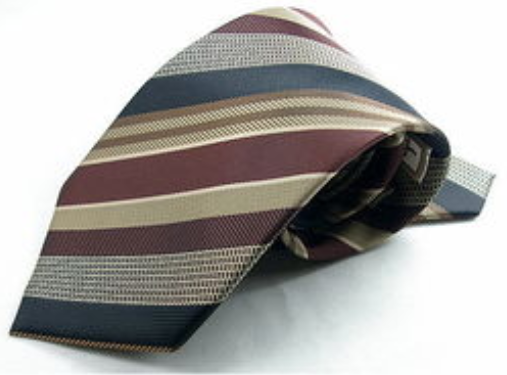What kind of fabric is South Korean silk? What are the pros and cons?
There are many types of fabrics and each has its own characteristics. The ones I have introduced to you before Cotton and linen are relatively common workwear fabrics. Today I will introduce to you a relatively rare workwear fabric – South Korean silk. Some workwear brands will use this fabric. I hope you will have an understanding of South Korean silk after reading this article. roughly understand.

What kind of fabric is South Korean silk?
South Korean silk is a workwear fabric imported from South Korea. Some people call it “Korean silk”. It is called silk because it is made of 30% polyester. +70% silk blended chemical fiber fabric. South Korean silk has excellent drape and texture. It is often used to produce casual clothes and ties. Because it is imported fabric and is subject to customs duties, the price will be higher.
Advantages of South Korean silk fabrics:
First of all, South Korean silk has the smoothness of silk, so it is not easy to wrinkle, or Korean silk is very easy to take care of, no matter Whether the fabric is hand washed or machine washed, it will not shrink or fade. Even if wrinkles appear, it can be quickly restored to its original shape by ironing at low temperature.
Then the elasticity and toughness of South Korean silk are very good, and the fabric will generally not deform without artificial damage. , and it is easy to color and not easy to fade, and the fabric is brightly colored and very trendy.
Disadvantages of South Korean silk fabrics:
Qian Mian mentioned that the price of South Korean silk will be more expensive, and it is more used to produce mid-to-high-end workwear, so South Korean silk will not be as popular in the market as cotton and linen fabrics.
South Korean silk is a polyester-silk blended chemical fiber fabric, so it also has some defects of silk. First of all, it is a silk fabric If the thread is simply hooked and damaged, be careful to stay away from sharp objects when wearing Korean silk fabric. Furthermore, its thermal insulation effect is also very limited, so it is not suitable for the production of warm clothing.
BBBDFGRTJUYKYU
Disclaimer:
Disclaimer: Some of the texts, pictures, audios, and videos of some articles published on this site are from the Internet and do not represent the views of this site. The copyrights belong to the original authors. If you find that the information reproduced on this website infringes upon your rights and interests, please contact us and we will change or delete it as soon as possible.
AA





